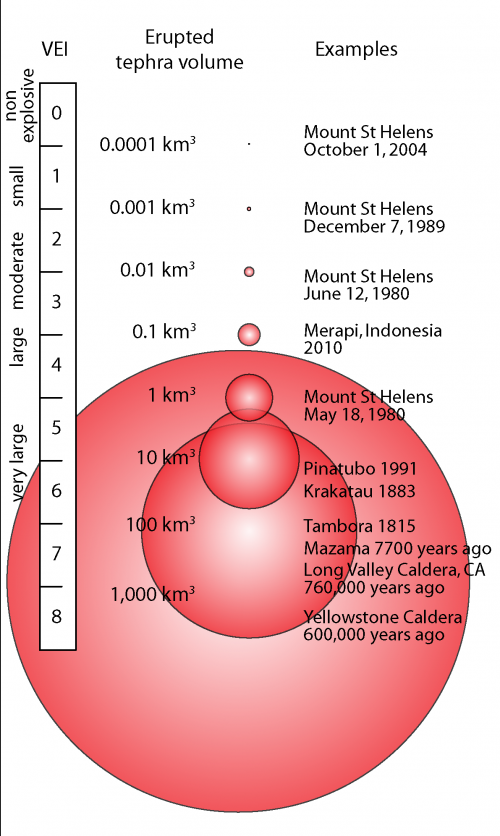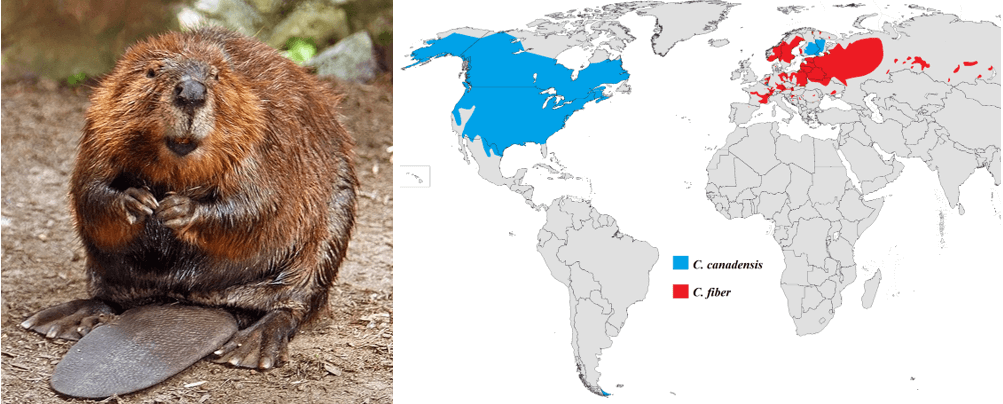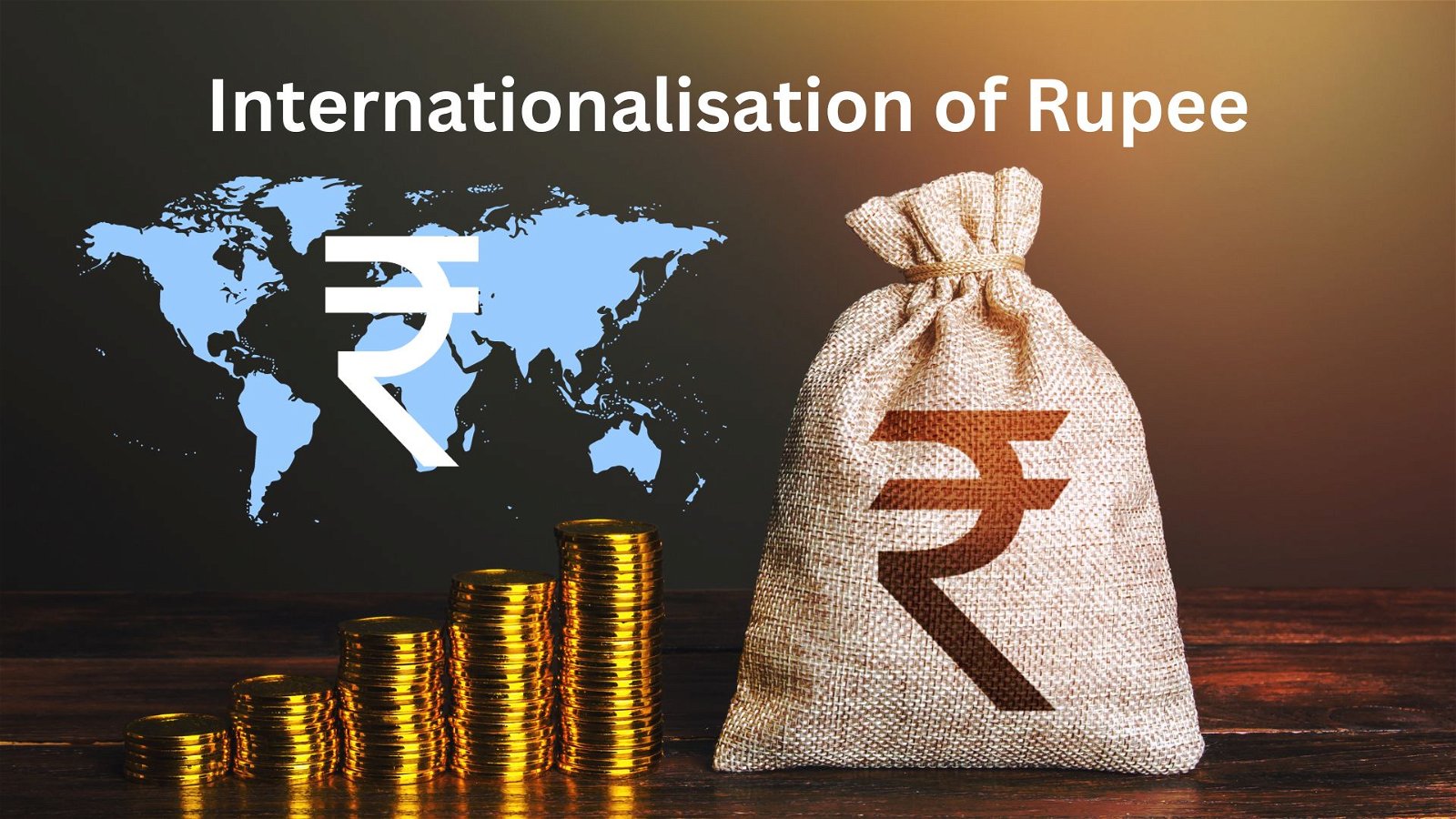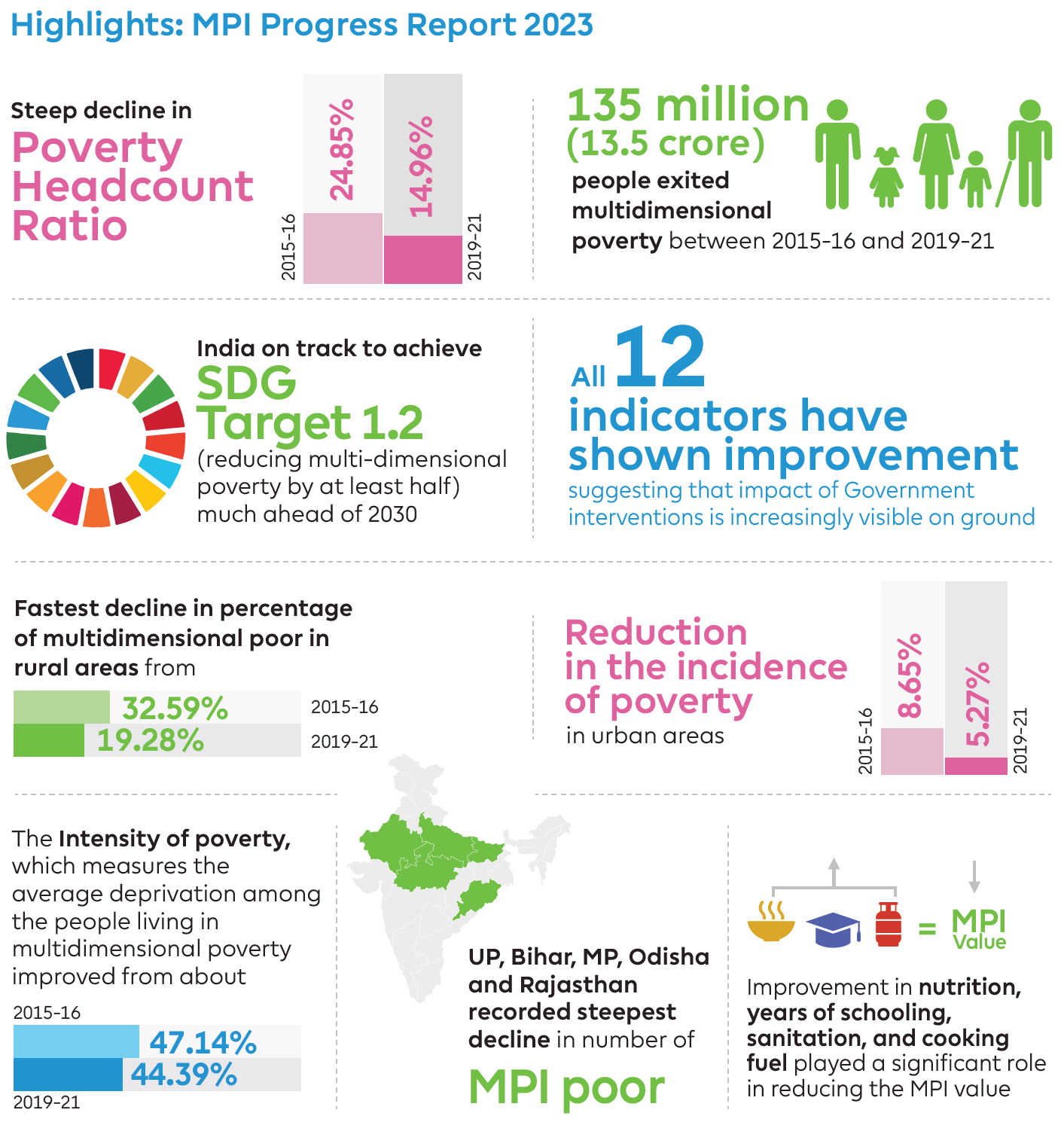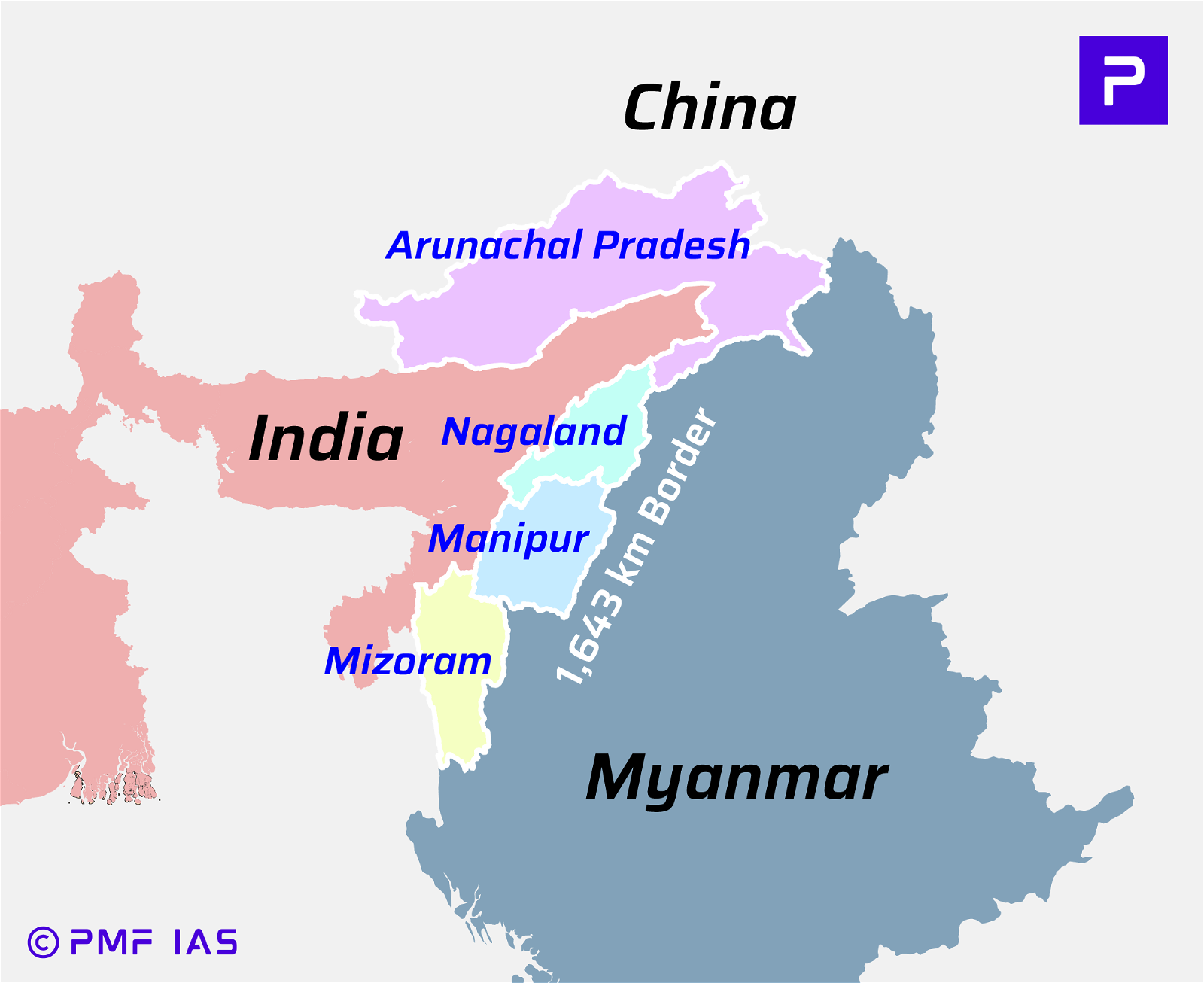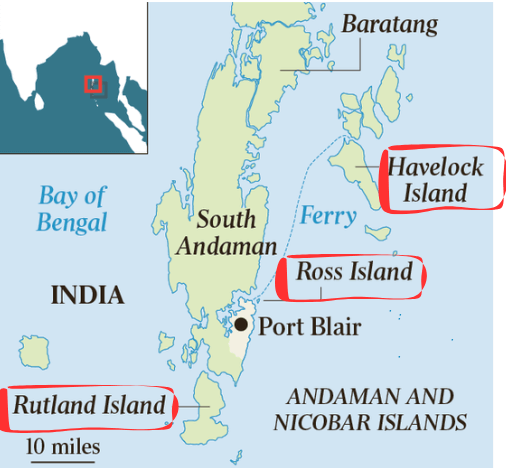
Current Affairs September 16, 2023: Lithium, M. Visvesvaraya, Operation Polo, Post Office Bill 2023, Preamble, Collegium System, Meri Maati Mera Desh, Vagus Nerve Dysfunction, GSTAT
Subscribers of "Current Affairs" course can Download Daily Current Affairs in PDF/DOC
Subscribe to Never Miss an Important Update! Assured Discounts on New Products!
Must Join PMF IAS Telegram Channel & PMF IAS History Telegram Channel
{GS1 – Geo – EG – Mineral Resources – 2023/09/16} Lithium
- Context (WION): An extinct supervolcano in the US, McDermitt Caldera, is believed to contain 20-40 million tonnes of lithium, more than double the concentration found anywhere else in the world.
- This discovery can be a game-changer for America, as it is now largely dependent on China for its lithium supply.
Lithium
- Lithium is a non-ferrous, soft, silvery-white alkali metal. It is also called ‘white gold’ due to its high demand for rechargeable batteries.
- Under standard conditions, it is the least dense metal and the least dense solid element.
- Like all alkali metals, lithium is highly reactive and flammable, so it must be stored in a vacuum, inert atmosphere, or inert liquid (such as purified kerosene or mineral oil).
- It exhibits a metallic lustre. But it corrodes quickly in the air to a dull silvery grey, then black tarnish.
- It never occurs freely in nature but occurs mainly as pegmatitic minerals.
- Due to its solubility as an ion, it is present in ocean water and commonly obtained from brines (high-concentration salt solution in water).
- Lithium metal is isolated electrolytically from a mixture of lithium chloride and potassium chloride.
|
Significance of Lithium
- The discovery of lithium is significant because it is a critical mineral.
- Critical minerals are essential for economic development and national security.
- The lack of availability of these minerals or the concentration of extraction or processing in a few geographical locations can lead to “supply chain vulnerabilities and even disruption of supplies”.
- A mineral is critical when the risk of supply shortage and associated economic impact is (relatively) higher than other raw materials.
Uses of Lithium
- Lithium-ion batteries are used in laptops, mobiles, electric vehicles, wind turbines, solar panels, etc.
- It is used to make alloys with aluminium and magnesium, which are stronger but lighter.
- It is used in thermonuclear reactions, the ceramics and glass industry, and lubricating greases.
- It is also used for carbon dioxide removal and air purification (especially in confined areas, such as spacecraft and submarines).
Concerns with Lithium Production
- Water usage: Lithium extraction processes require significant amounts of water. This can lead to the depletion of local water resources, significantly harming water-scarce regions.
- Chemical use: Lithium extraction often involves chemicals, like acids and solvents, which can harm workers’ health and the environment.
- Energy intensive: The intensive energy consumption associated with lithium production contributes to greenhouse gas emissions. This can exacerbate the environmental footprint of electric vehicles (EVs) and renewable energy storage systems.
- Biodiversity loss: Lithium extraction requires large areas of land, which will displace wildlife and even endanger their survival.
- Social and human rights concerns: Land acquired for lithium extraction can displace indigenous peoples or negatively impact local livelihoods.
- Supply chain vulnerability: A significant portion of global lithium production comes from a few countries, such as Australia, China, & Chile. This concentration of supply can create geopolitical risks & market vulnerabilities, particularly as demand for lithium grows for EVs and energy storage.
- Resource depletion: Concerns are raised about the long-term sustainability of lithium resources.
Lithium Reserves in India
Lithium As Critical Mineral in India
|
{GS1 – MIH – Personalities – 2023/09/16} M. Visvesvaraya
- Context (TH I IE): September 15 is celebrated as Engineer’s Day in India to honour M. Visvesvaraya’s achievements and contributions to society.

- M. Visvesvaraya was a renowned civil engineer, statesman, and scholar who made significant contributions to the development of India in the fields of engineering, irrigation, education, and planning.
- He was born on September 15, 1861, in Muddenahalli, Karnataka, and studied at the University of Madras and Pune’s College of Science.
- He served as Chief Engineer and later as the 19th Dewan of Mysore from 1912 to 1918.
- He was knighted by King George V in 1915 and awarded the Bharat Ratna, India’s highest civilian honour, in 1955.
- He died on April 14, 1962, at the age of 100.
Achievements
- M. Visvesvaraya was a pioneer in engineering and innovation, who invented automatic gates for regulating water flow in reservoirs, notably implemented at Krishnaraja Sagar Dam in the 1920s.
- He also introduced the block system of irrigation for equitable water distribution among farmers.
- He wrote influential books, “Reconstructing India” (1920) and “Planned Economy of India” (1934).
- He was instrumental in founding the University of Mysore in 1916, emphasising practical relevance and research in engineering, science, agriculture, and arts.
- He also established several institutions such as the State Bank of Mysore, the Century Club, the Mysore Chamber of Commerce, the Mysore Economic Conference, and the Mysore Iron and Steel Works.
{GS1 – MIH – Reorganization – 2023/09/16} Operation Polo
- Context (IE): 13th September marked the 75th anniversary of Operation Polo, the military action launched by the Indian Army to integrate the princely state of Hyderabad.
History of Hyderabad
- In 1518, after declaring independence from the Bahmani Sultanate, Muhammad Quli Qutub Shah established the Qutub Shahi dynasty.
- He rebuilt the mud fort of Golconda, but it proved inadequate as the kingdom’s capital. So, in 1589, Quli Qutub Shah established the city of Hyderabad at the banks of the Musi River.
- In 1687, the Mughal emperor Aurangzeb captured the Golconda Fort. This event began formal Mughal control over the Hyderabad region.
- With the Mughal empire’s decay, Hyderabad’s governor, Asaf Jah I, proclaimed independence and started the rule of Nizams in Hyderabad.
- In 1798, Hyderabad state entered into a subsidiary alliance with the British East India Company.
|
Background Against which Operation Polo was Launched
- In 1947, when the British left India, they abandoned the subsidiary alliances and gave the princely states the choice to join India or Pakistan or remain independent.
- Mir Osman Ali Khan (Asaf Jah VII), the last Nizam, declared an independent Hyderabad and did not join India or Pakistan after Independence.
- The Nizam signed a standstill agreement with India in November 1947. This essentially meant maintaining a status quo between the Indian dominion and the Hyderabad state.
- The agreement was signed for a period of one year, during which the Indian government would not exercise any authority over Hyderabad.
Why was Operation Polo Launched?
Nizam’s Relations with Pakistan
- The landlocked state had a majority Hindu population, with its Muslim rulers entirely running the state administration. The Nizam had every intention to have fraternal relations with Pakistan.
Razakars
- The Nizam’s administration in Hyderabad had taken advantage of the standstill agreement.
- They increased the number of its irregular force called Razakars.
- The Razakars troubled the Hindu population of the state.
- They created hostile conditions along the state borders through cross-border raids.
Intention to Establish an Independent Country
- The Nizam had the intention to establish an independent country. An independent country in the heart of India with friendly relations with Pakistan threatened India’s security.
Operation Polo on the Ground
- Operation Polo was launched by the Indian Army on September 13, 1948 and the offensive was termed a ‘Police Action’ by the then Home Minister Sardar Vallabhbhai Patel.
- The Indian forces were led by Maj General Jayanto Nath Chaudhuri, who later became the Chief of Army Staff.
- The Nizam’s forces surrendered to the Indian Army by September 18.
- Maj Gen Chaudhuri was later appointed the Military Governor of Hyderabad.
- Havildar Bachhitar Singh was awarded the first Ashoka Chakra of Independent India posthumously for his role in Operation Polo.
{GS2 – MoCom – Laws – 2023/09/16} Post Office Bill 2023
- Context (TH I TW): The Post Office Bill (2023) introduced in the Rajya Sabha is to replace the Indian Post Office Act (1898) in the light of the changing role of post offices where its “network has become a vehicle for delivery of a variety of citizen-centric services”.
Key Provisions of the bill
Removal of the central government’s exclusive privileges
- As per the old act, the central government has the sole right to send and deliver letters by post.
- The Bill removes this right, opening up the postal sector to greater competition.
- However, the Bill gives the Post Office exclusive right to issue postage stamps.
Central government to prescribe services to be offered
- The Act specifies the services provided by the Post Office to include:
- Delivery of postal articles, including letters, postcards, and parcels
- Money orders.
- The new Bill provides that the central government will prescribe the services of the Post office.
New grounds for intercepting shipments
- The old Act allows for the interception of a shipment being transmitted through the post on grounds of any public emergency or in the interest of public safety or tranquillity.
- Such interceptions may be carried out by the central government, state governments, or any officer specially authorised by them, and shipment can be detained or disposed of by the officer in charge.
- The new Bill instead provides that the interception of a shipment may be carried out on the following grounds (By an officer empowered by the central government through a notification) :
- security of the state,
- friendly relations with foreign states,
- public order, emergency, or public safety, and
- contravention of the provisions of the Bill or any other law.
Removal of the Post Office’s powers to examine shipments
- The Bill removes the powers of examination by the Post office.
- It instead provides that in such cases, the central government may empower an officer of the Post Office to deliver the shipment to the customs authority or any other specified authority.
Director General to make regulations regarding services
- The Act, as well as the Bill, provides for the appointment of the Director General of Postal Services.
- The Director General will have powers to decide the time and manner of delivery of postal services.
- The central government can notify charges for postal services through notifications.
Removal of offences and penalties
- The new bill does not provide for many of the offences and penalties that were in the old Act, except amounts not paid or neglected by a user will be recoverable as arrears of land revenue.
Exemptions from liability
- Both the old Act and the new bill maintain provisions that exempt the government and officers from liability related to the loss, misdelivery, delay, or damage to a postal article.
- The Bill retains these provisions. However, it provides that instead of the central government, the Post office may prescribe the liability regarding its services.
{GS2 – Polity – IC – 2023/09/16} Preamble
- Context (TH): Millions across Karnataka joined CM in reading the Preamble of the IC.
- The Preamble of IC is based on the “objectives resolution” drafted and moved by Pandit Nehru on December 13, 1946. It was adopted by the constituent assembly on January 22, 1947.
- The best summary of the philosophy of IC is found in the Preamble.
|
- The opening and last sentences of the preamble: “We, the people… adopt, enact and give to ourselves this Constitution signifies that the power is ultimately vested in the hands of the people.
- The preamble declares India to be:
- A Sovereign, Socialist, Secular, Democratic, and Republic.
- A welfare state committed:
- to secure justice, liberty, and equality for the people.
- For promoting fraternity, the dignity of the individual & the unity & integrity of the nation.
- The objectives specified in the preamble constitute the basic structure of the Indian Constitution, which cannot be amended.
Preamble: a part of IC
- In the Berubari Union case (1960), the SC said that the Preamble is not a part of the Constitution.
- In the Kesavananda Bharati case (1973), the SC held that the Preamble is a part of the Constitution.
{GS2 – Polity – IC – Judiciary – 2023/09/16} Appointment of Judges
- Context (TH): CJI said that the SC is making the collegium system “more transparent”.
- SC has prepared a platform to assess the “top 50 judges” who would be considered for appointment as judges of the SC.
- Currently, the SC Collegium, consisting of CJI and four senior-most judges, appoints SC judges.
- Collegium does not have fixed criteria to evaluate the judges considered for appointment to the SC.
|
Collegium System
- Collegium System is the system by which judges are appointed and transferred by the judges.
- It is not formed by an Act or Constitution provision.
- It is the system evolved by the judgments of SC.
- SC collegium is headed by the CJI and four other senior-most judges of the court.
- HC collegium is led by its Chief Justice of the HC and four other senior-most judges of that court.
- The names for appointments by the HC collegium reach the government only after CJI and SC collegium approval. The government can return the name for reconsideration.
- If the collegium reiterates its recommendation, the GoI must appoint the recommended judge.
- The government’s role is limited to conducting an inquiry through the Intelligence Bureau (IB).
‘5+1’ collegium
|
The Evolution of the Collegium System
- First Judges Case (1981): SC held that the CJI does not have primacy over the opinion of the Chief Justice of the HC in the matter of appointment and transfer of judges. The CJI and Chief Justice of the HC are equally important in the consultation process.
- Second Judges Case (1993): SC overruled the First Judge Case and held that the CJI of SC has the greatest significance in appointing and transferring judges. The Chief Justice of the HC must consult with the CJI before recommending to the government.
- Third Judges Case (1998): SC held that the recommendation without consultation of the collegium by the CJI for the appointment of SC and HC judges is not binding on the government.
- Fourth Judges Case (2015): The SC upheld the primacy of the collegium. Further, the court struck down the NJAC (National Judicial Appointments Commission) Act with a 4:1 majority in 2015 as unconstitutional.
National Judicial Appointments Commission (NJAC)
- GoI appointed the Justice M N Venkatachaliah Commission to review the collegium system.
- In 2014, the government passed the 99th Constitutional Amendment Act, establishing NJAC.
- The government would be bound by the recommendations of the NJAC.
- The NJAC comprised 3 judges of SC, the central law minister, and two civil society experts.
- A person would not be recommended by NJAC if any two did not accept such a recommendation, making the appointment process more broad-based.
- SC struck down the NJAC as the Act gave the government significant powers to appoint Judges.
|
Criticism Against the Collegium System
- Constitutionally Unauthorized: The collegium system lacked constitutional mention and was established by the judiciary, granting it exclusive authority over judge selection.
- Limited Participation: Critics view the collegium as a closed judges’ group with no input from stakeholders like the executive, legislature, bar, or public in judge appointments.
- Lack of Oversight: Accountability, review, and grievance redressal mechanisms are absent in the collegium system, with no room for judicial review of its decisions.
- Vacancy Delays: The collegium’s slow recommendations contribute to case backlogs and court delays due to prolonged judge appointment processes.
- Opaque: It lacks transparency, and decisions are shielded from public view and scrutiny.
- Bias and Favoritism: Concerns arise over potential nepotism and favouritism, as the collegium may prioritise judges linked to existing members, raising allegations of bias.
- Controversies and Disputes: The collegium system has faced controversies involving transfers, the elevation of judges with questionable integrity, and the rejection of executive recommendations.
Memorandum of Procedure (MoP) for the appointment of judges in India
- The MoP is an agreement between the judiciary and government that outlines the criteria for appointing judges to the SC and HCs.
- The MoP was formulated after the NJAC was struck down by the SC.
- The MoP requires the collegium to take into account several factors:
- Experience and qualifications
- Integrity and character
- Judicial temperament
- Representation from different regions and communities
- The MoP requires the government to give reasons for rejecting a recommended name.
- The MoP is a step in the direction of ensuring the transparency & accountability of appointing judges.
{GS3 – IE – Taxes – Indirect – 2023/09/16} GSTAT
- Context (TH): The Union government has decided to set up the GST Appellate Tribunals (GSTATs) in a phased manner. In the first phase, the government notified 31 GSTATs.
Background of GSTATs
- The establishment of GSTATs was envisaged when implementing the GST regime (2017). In the 50th GST Council meeting, the GST Council decided to put out the framework for setting up GSTATs.
Current Situation
- Currently, taxpayers aggrieved with the ruling of tax authorities are required to move to the respective HCs. Issues with this include:
- It takes a long time as HCs are already burdened with a backlog of cases.
- HCs do not have a specialised bench to deal with GST cases.
Benefits of GSTATs
- It will speed up adjudication.
- It provides tax certainty, especially in recurring litigation issues.
- It will support the ease of doing business in the country.
{Prelims – Misc – 2023/09/16} Meri Maati Mera Desh
- Context (PIB): “Meri Maati Mera Desh” Campaign’s first phase witnessed massive participation.
- It is a nationwide campaign to pay tribute to the ‘Veers’ who laid down their lives for the country.
- This campaign is the concluding event of the ‘Azadi ka Amrit Mahotsav.’
- The Mitti (soil) collected (in Amrit Kalash) from the villages of India will be collected at the block level and then finally brought to New Delhi (Amrit Kalash Yatra).
- An Amrit Vatika would be planted in the Capital, and the PM would administer the Panch Pran pledge to volunteers.
- The campaign features programs like:
- The establishment of Shilaphalakams (memorial plaque) dedicated to freedom fighters and security forces.
- Panch Pran Pledge
- Vasudha Vandan: Creation of Amrit Vatika with 75 saplings of indigenous trees.
- Veeron ka Vandan: Honouring freedom fighters/braves who protect the nation.
{Prelims – Sci – Bio – Diseases – 2023/09/16} Vagus Nerve Dysfunction
- Context (TH): Those with long COVID-19 are more likely to have vagus nerve-related symptoms.
|
What is a Vagus Nerve?
- The vagus nerve is the tenth & the longest cranial nerve, going from the brain to the large intestine.
- Also known as the vagal nerve, it is the main nerve of the parasympathetic nervous system.
Cranial Nerve
Autonomic Nervous System
|
Functions of the Vagus Nerve
- The vagus nerve plays essential roles in involuntary sensory and motor (movement) functions.
- They regulate digestion, heart rate, blood pressure, respiration, speech, taste, and urine output.
Why is the Vagus Nerve Being Researched?
- Vagus works bi-directionally, which allows the brain and body to communicate with each other.
- These nerves can trigger the parasympathetic nervous system, which may help with various health conditions. So, researchers are looking at ways to stimulate these nerves, ‘sensory superhighways’.
What are the Conditions Vagus Nerve Stimulation Can Treat?
- The vagus nerve stimulation is already used to treat:
- Epilepsy and depression (that does not respond to conventional treatment)
- Inflammation




![PMF IAS Environment for UPSC 2022-23 [paperback] PMF IAS [Nov 30, 2021]…](https://pmfias.b-cdn.net/wp-content/uploads/2024/04/pmfiasenvironmentforupsc2022-23paperbackpmfiasnov302021.jpg)
